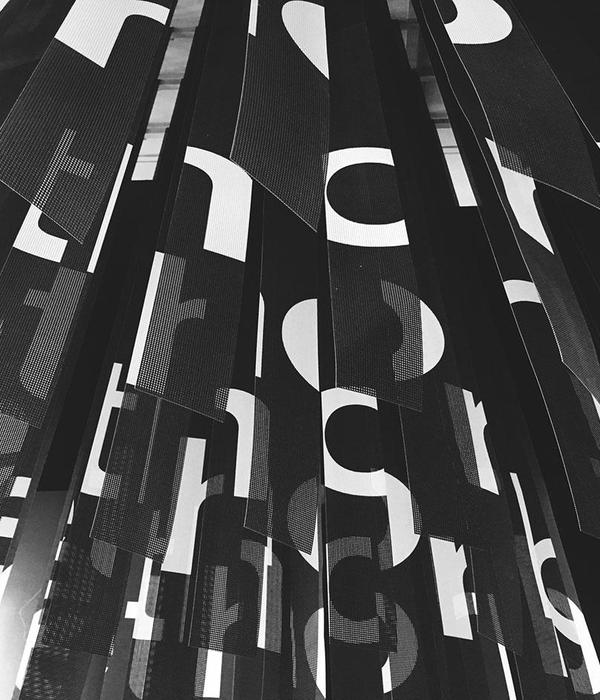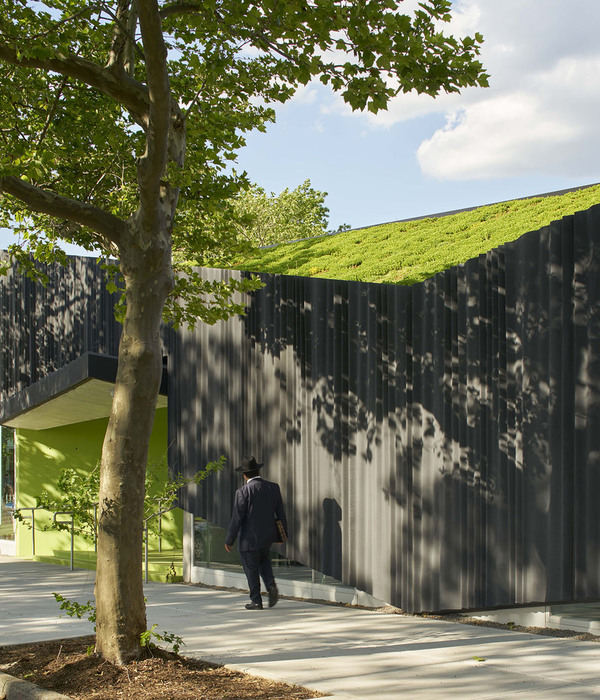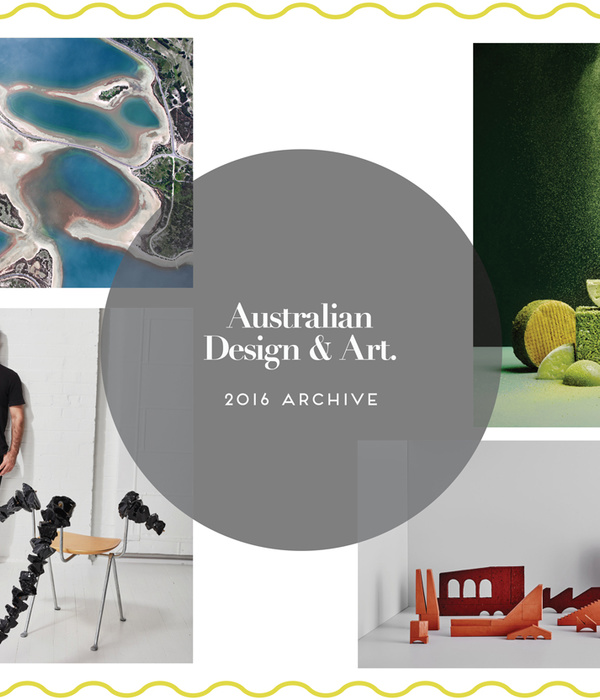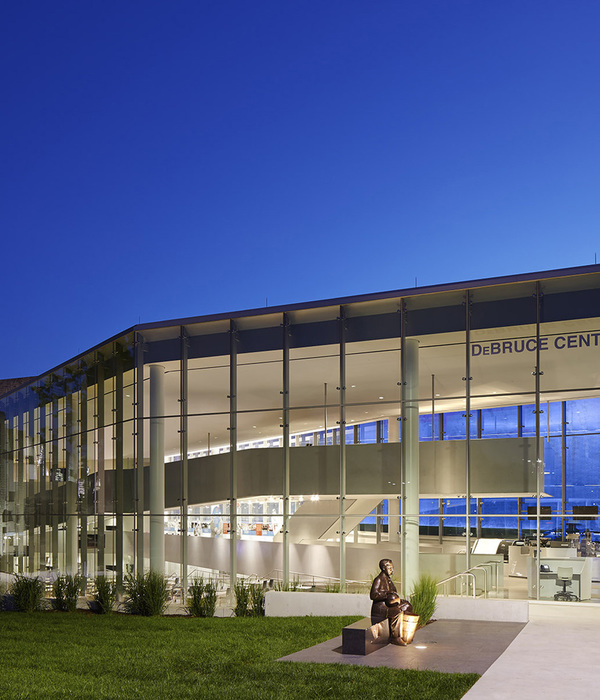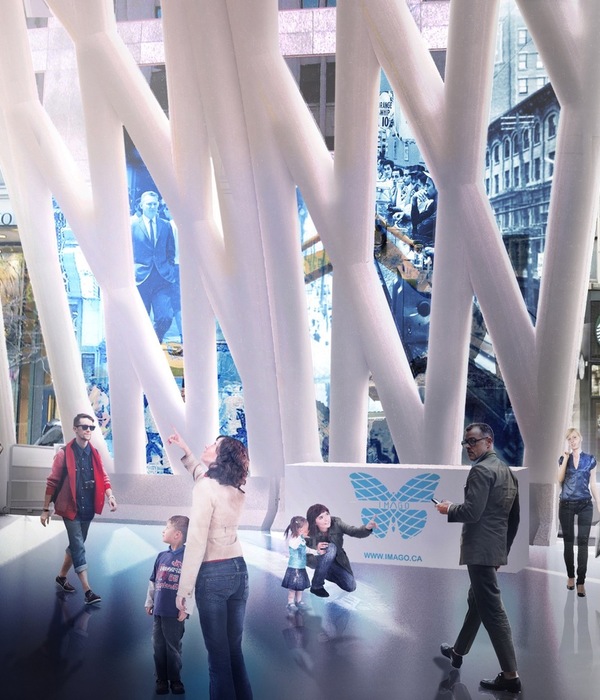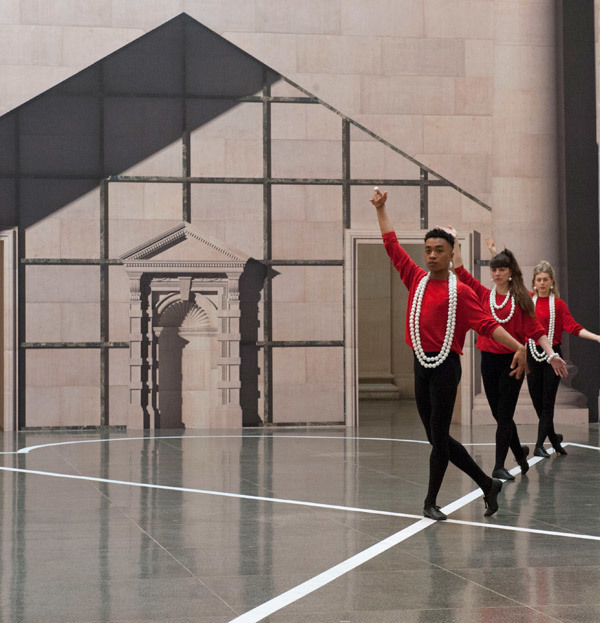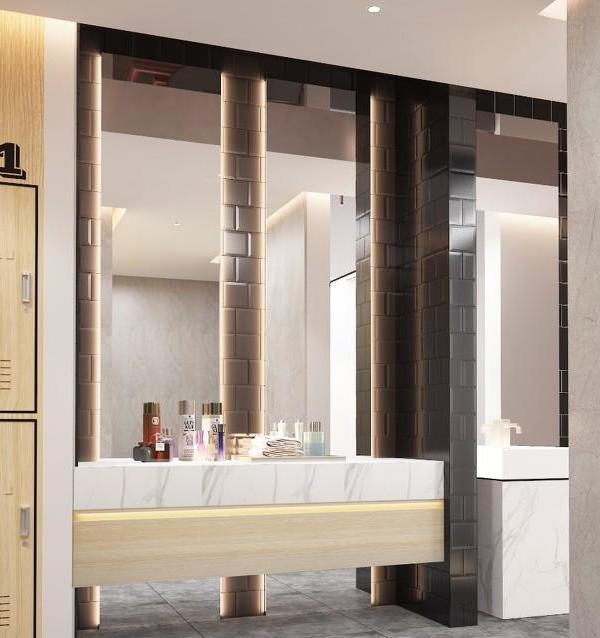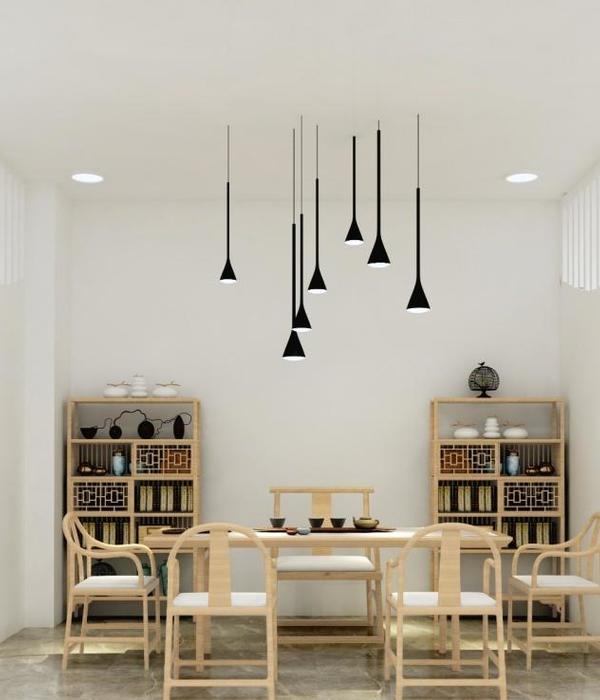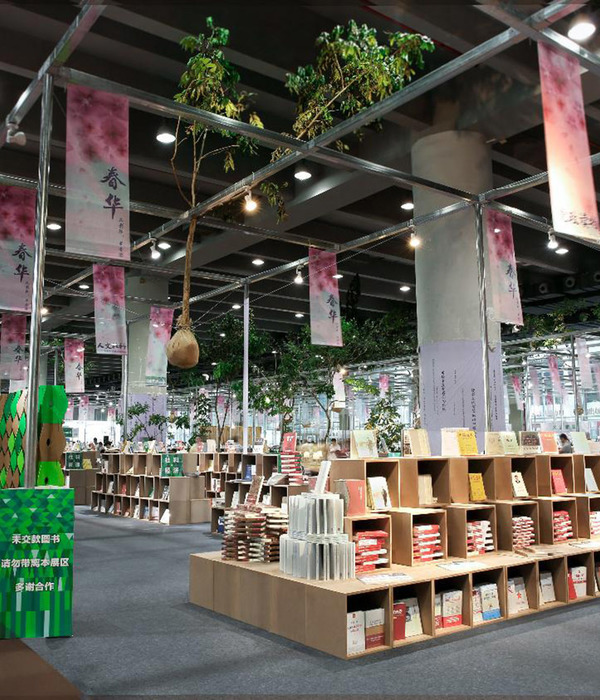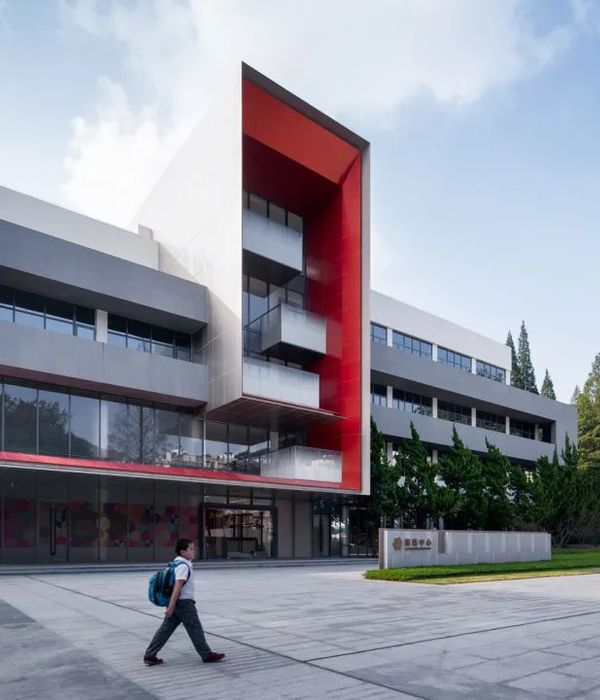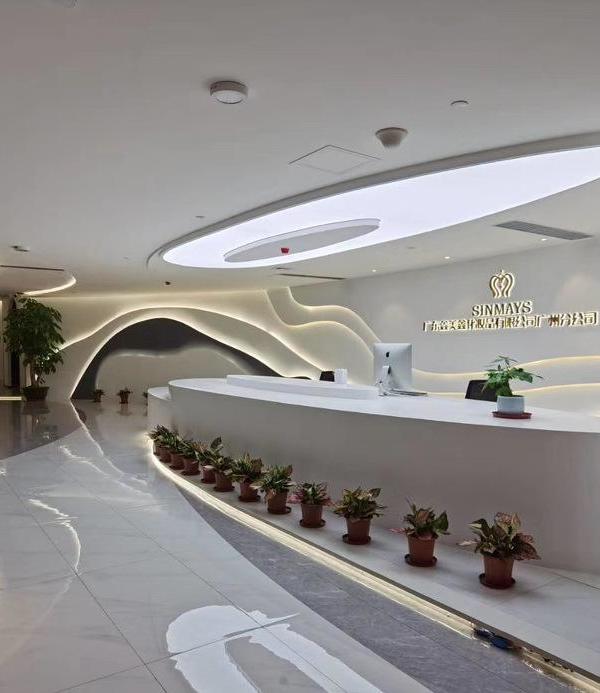雨水收集系统的利用不仅可以保护能源,还可以作为讲解设施的一部分。15,000加仑的雨水和雪融水储存起来用于讲解展示水的特性以及灌溉沙漠。滴管喷泉沿着入口大厅设置,用于给游客展示沙漠中最重要的资源-水。水滴入一个小的钢盆中,溢出到一个种植着Mojave地区半滋润性的天然植物来表面降雨对这些植物的不可或缺。
Water harvesting is incorporated into the project not only as a method of resource conservation, but as an interpretive element as well. 15,000 gallons of rain water and snowmelt is stored for use in interpretive exhibit water features and landscape irrigation. One such exhibit, the drip fountain, is placed along the Entry Plaza to educate visitors about the desert’s most precious resource. Dripping into a small steel basin, water overflows into an area planted with vegetation native to semi-moist areas of the Mojave Desert, demonstrating the importance of rainfall for these plants.
▼分析图,Diagram
游客中心是社区的资产,为游客打造了创意性的讲解说明系统和一个独一无二的机会与美国最特别的环保系统亲密接触。建筑演绎了如何扩大室外空间的使用性,通过提供充足的阴凉,收集雨水,通过自身产生能力和使用自然持久的材料等手段展示了在沙漠生存同时保护能源的可能性。希望游客在参观时领悟这些生态系统所展示的功能,并在自己的生活中应用一二。该项目已获得LEED金牌认证。
The Visitor Center is an asset for the community, offering creative interpretive presentations and a unique opportunity to interact with one of the most exceptional ecosystems in the United States. The building stands as a physical example of how to exist and conserve in the desert by extending the usability of outdoor space, providing ample shade, harvesting rainwater, generating its own energy, and using natural and durable materials. The hope is that visitors will realize the benefits that these systems can offer, and then apply some of the same concepts in their own lives. The project has received LEED Gold certification.
▼分析图-游客体验,Diagram-Visitor Experience
▼分析图,Diagram
▼总平面,Master Plan
▼平面图,Floor Plan
▼剖面图,Sections
{{item.text_origin}}

